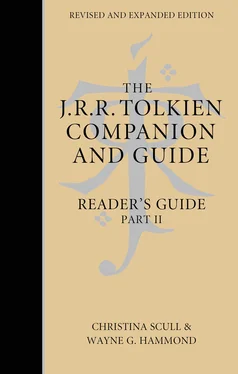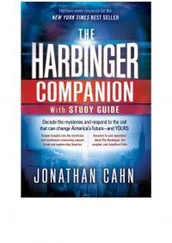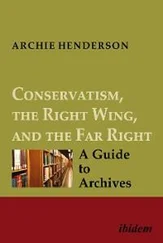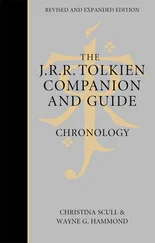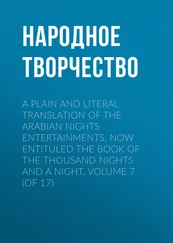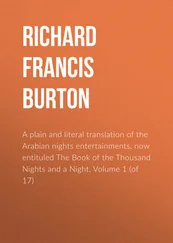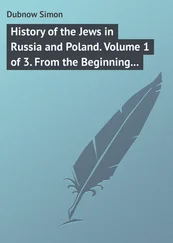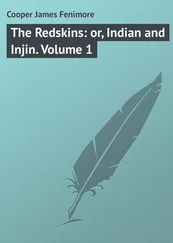He discusses other words, and notes that even those in Old English came to him before he began to learn that language. Among the longer passages of Old English are a line which means ‘a straight way lay westward, now it is bent’, and some verses, one of which includes lines Lowdham translates as: ‘There is many a thing in the west of the world unknown to men; marvels and strange beings, [a land lovely to look on,] the dwelling place of the Elves and the bliss of the Gods’ (pp. 243, 244).
By the next meeting, in Ramer’s rooms on 12 June 1987, Lowdham has heard a much longer passage in his two unidentified languages. His incomplete translation shows that it is an account of the Fall of Númenor – the coming of Sauron, the attempt to invade the land of the Lords of the West, the drowning of Númenor, and the changing of the shape of the world so that there is no longer a straight path to the West. He mentions the name Sauron , and its Adunaic equivalent Zigūr , at which Wilfrid Trewin Jeremy reacts strangely. Both he and Lowdham seem to relive the destruction of Númenor, as dark clouds roll over the sky from the West and a violent thunderstorm breaks. Lowdham addresses Jeremy as ‘Voronwë’, and Jeremy addresses Lowdham as ‘Elendil’; both rush out into the freak storm. During the evening, Lowdham mentions again the sheet with the strange script he had found among his father’s papers, intending to say something about it later, but does not. The other members leave when the storm subsides, and Ramer picks up a sheet of paper and puts it in a drawer.
On 26 June a brief letter from Lowdham and Jeremy is read to the Club, saying they ‘were cast up far away when the wind fell’ (p. 254) and are now doing research. Ramer produces the sheet dropped by Lowdham at the last meeting. Since Lowdham had mentioned that some of the words he received were in Old English, on the chance that this was the language of the strange script, Ramer took the sheet to old Professor Rashbold of Pembroke, who deciphered it and positively identified the language as ‘Old English of a strongly Mercian (West Midland) colour, ninth century’ (p. 257). Translated into Modern English, it turns out to be another, longer account of the last days of Númenor.
The next meeting, on 25 September 1987, begins with Philip Frankley, another member affected by the resonances of Númenor, reading a poem, The Death of St Brendan (see * Imram ), which includes allusions to Tolkien’s mythology (*‘The Silmarillion’). He woke ‘four days ago with the thing largely fixed’ in his mind (p. 265). The members discuss possible influences from real accounts of St Brendan, but note there seems no source for the lines describing ‘the round world’ plunging ‘steeply down’ while ‘the old road’ goes on ‘as an unseen bridge … on arches’ (p. 264).
Lowdham and Jeremy then describe their travels around the western coasts of Britain and Ireland, and the rumours they heard of huge phantom waves. They recount that while staying in Porlock (in Somerset on the coast of the Bristol Channel) they both dreamed themselves back to tenth century England in a hall crowded with warriors who had come to join Edward the Elder’s fight against the invading Danes. In that dream Lowdham, now the minstrel Ælfwine, was called upon to entertain those in the hall, and recited a verse about his sea-longing, while Jeremy, now Tréowine from the Marches, told the story of King Sheave. They finish their account for that evening as these Anglo-Saxon personas leave the hall and promise to tell the members more at the next meeting.
At this point, however, Tolkien abandoned The Notion Club Papers . Only a few notes and fragments indicate how the story might have continued. One note suggests that Tréowine and Ælfwine were to sail west, find the Straight Path, and see the round world below, then be driven back. Another has ‘sojourn in Númenor before and during the fall ends with Elendil and Voronwë fleeing on a hill of water into the dark with the Eagles and lightning pursuing them’, and ‘At the end … Lowdham and Jeremy have a vivid dream of the Fall of Númenor’ (p. 279).
ASSOCIATED ‘PAPERS’
In addition to this inner core of the minutes of the Notion Club, as part of their fictional ‘frame’, Tolkien also produced associated ‘papers’. The layer nearest the core is the framework of the (fictional) book Leaves from the Notion Club Papers , subdivided into Part One and Part Two, supposedly edited by one Howard Green and published in 2014, for which Tolkien produced a facsimile title-page ( Sauron Defeated , p. 154). According to the ‘editor’s’ foreword, Green found the Club’s papers ‘after the Summer Examinations of 2012 on the top of one of a number of sacks of waste paper in the basement of the Examination Schools in Oxford …’ (p. 155), but was unable to discover how they had got there. They appear to be the incomplete reports of the meetings of an Oxford club from approximately 1980 to 1990, with references to an event as late as 1987, apparently prepared for publication with notes; but ‘Brown’ could find no trace of the existence of a Notion Club. He describes the surviving papers, including a list of members.
Another layer is a ‘Note to the Second Edition’ of the book, in which Howard Green quotes the opinions of Mr W.W. Wormald and Mr D.N. Borrow that the paper and style of writing suggest that the materials date to during or just after the ‘Six Years’ War’ (i.e. the Second World War, 1939–45). Green, who had earlier suggested that if the future events described in the papers were ‘foreseen’ by their author, concludes: ‘If … any such club existed at that earlier period, the names remain pseudonyms. The forward dating might have been adopted as an additional screen. But I am now convinced that the Papers are a work of fiction; and it may well be that the predictions (notably the Storm), though genuine and not coincidences, were unconscious …’ (p. 158).
HISTORY
Tolkien wrote to *Stanley Unwin on 21 July 1946 that he had ‘in a fortnight of comparative leisure round about last Christmas written three parts of another book, taking up in an entirely different frame and setting what little value in the inchoate * Lost Road … and other things beside. I hoped to finish this in a rush, but my health gave way after Christmas’ ( Letters , p. 118). Christopher Tolkien is undoubtedly correct that it would have been impossible for his father to produce The Notion Club Papers and all of its associated material (* The Drowning of Anadûnê , Adunaic language, facsimiles) in a fortnight. He thinks, rather, that his father continued to work on it through the first half of 1946. This seems to be confirmed by the fact that Tolkien read The Drowning of Anadûnê (probably the final version) to the Inklings on 22 August 1946, and in recording this in his diary *W.H. Lewis implied that The Notion Club Papers had previously been read to the Inklings. Christopher suggests that during Christmas 1945 his father probably wrote only the first two manuscripts of Part One and the manuscript of Part Two.
The earliest, roughly written manuscript of Part One was apparently followed by an expanded version with many changes and additions. Christopher Tolkien thinks that after some rough drafting, his father produced the first, manuscript, version of Part Two (in which the two languages which come to Lowdham are unnamed, but clearly Quenya and Noldorin/Sindarin; see *Languages, Invented), but left it unfinished to make some preliminary sketches and outlines for, and the first version of, The Drowning of Anadûnê .
He then made a fair copy of Part One, abandoning it just before the end, and then a typescript, one section of which seems to have been done before the fair copy. He began a typescript of Part Two (in which Adunaic replaced Sindarin), but stopped after completing the entry for 22 May to make typescripts of three successive versions of The Drowning of Anadûnê . Probably when all or most of this was finished, he returned to The Notion Club Papers and began another typescript of Part Two at a point near the beginning of the minutes for 22 May. He replaced the relevant part of the first typescript, and continued as far as the manuscript extended. Christopher Tolkien notes that his father apparently changed his mind about the division into two parts, deleting ‘Part I / The Ramblings of Michael Ramer / Out of the Talkative Planet ’ from the first page of the last version of Part One, and providing no heading at the beginning of the typescript of Part Two, whereas on the title-page for the previous manuscript appears ‘II / The Strange Case of Arundel Lowdham’ (p. 153).
Читать дальше
